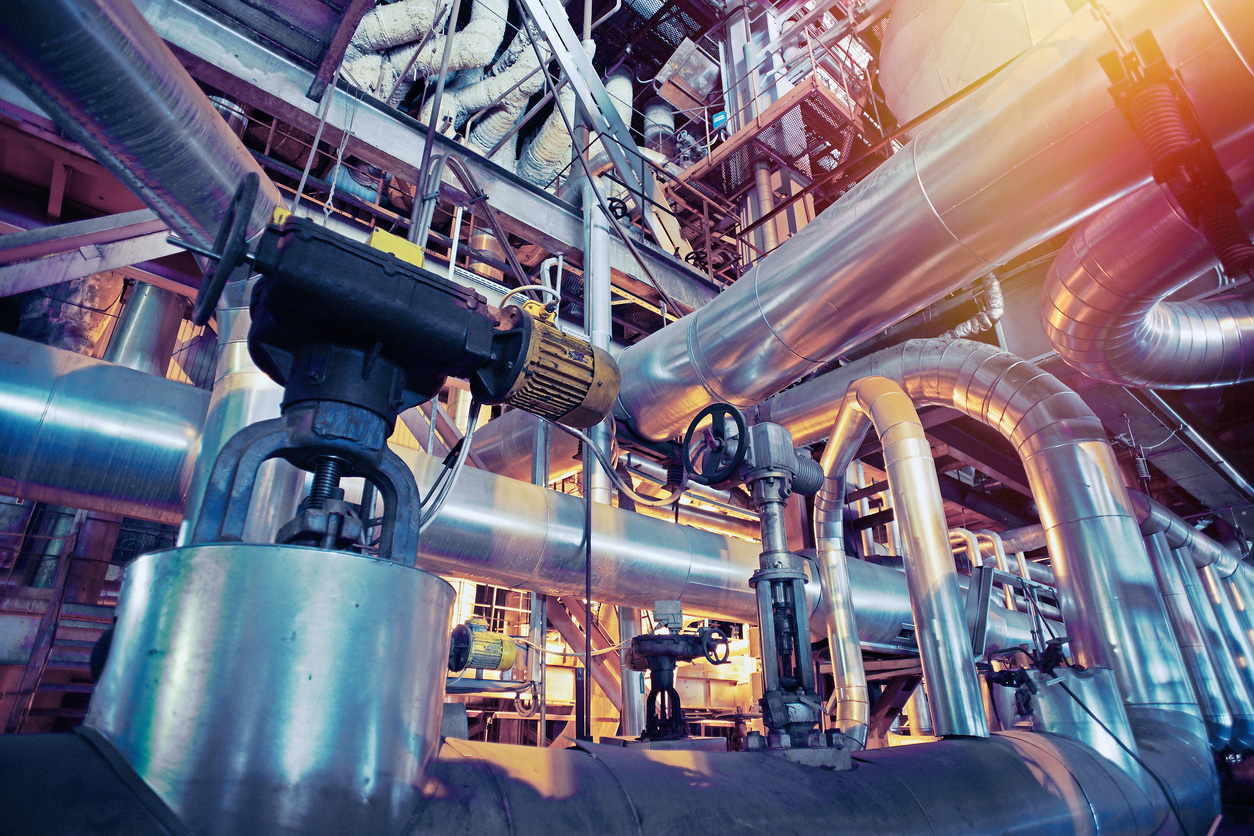BehrTech Blog
LPWAN and Bluetooth Low Energy: A Match Made in Networking Heaven
Given its significant benefits in terms of reliability, minimal latency and security, wired communications has been the backbone of industrial control and automation systems. Nevertheless, as the new wave of IoT applications arises, we quickly see wired solutions reaching their limits.
Trenching cables is inherently cumbersome, capital- and labor-intensive, not to mention the fact that damage to wiring brings the risk of production downtime. Due to the plethora of proprietary wiring protocols, any additions or modifications to the architecture is deemed costly and could even entail a “rip-and-replace” of cables and conduits. The bulky and expensive wired infrastructure thus limits the number of connected endpoints and is highly constrained in terms of range and network capacity.
In direct comparison, wireless networks require far fewer hardware components, and less installation and maintenance costs. As there aren’t any physical cables involved, sensors can be easily attached to mobile assets to tap into a new host of operational data. On top of that, wireless networks make data collection in hard-to-access and hazardous environments possible and can flexibly expand to meet your changing business needs.
The central value around IoT is the unprecedented visibility into existing processes, equipment and production environment that empowers strategic decision-making. Think of applications used for asset maintenance, facility management and worker safety. As opposed to high-bandwidth, time-sensitive communications, many IoT sensor networks send small-sized telemetry data periodically or only when abnormalities are identified. Of even greater importance is their ability to connect vast numbers of distributed field assets and devices to bring granular business insights. With this in mind, wireless connectivity is often the better option to bring your physical “things” online.
Given the bewildering range of wireless solutions available in the market today, choosing the right technology is no easy task. Not all wireless technologies are created equal and not all can manage every use case. For this reason, there is a growing demand in multiprotocol support. Devices that combine the complementary strengths of different wireless standards and frequencies in one design, such as LPWAN and Bluetooth, makes it feasible for more complex sensor networks to exist.
LPWAN and Bluetooth Low Energy: A Match Made in Networking Heaven
Bluetooth’s ubiquity and global, multi-vendor interoperability has made it the core short-range technology for industrial and commercial IoT projects. Bluetooth Low-Energy (BLE) enabled devices are often used in conjunction with electronic devices, typically smartphones that serve as a hub for transferring data to the cloud. Nowadays, BLE is widely integrated into fitness and medical wearables (e.g. smartwatches, glucose meters, pulse oximeters, etc.) as well as Smart Home devices (e.g. door locks), where data is conveniently communicated to and visualized on smartphones. The release of the Bluetooth Mesh specification in 2017 aimed to enable a more scalable deployment of BLE devices, particularly in retail contexts. Providing versatile indoor localization features, BLE beacon networks have been used to unlock new service innovations like in-store navigation, personalized promotions, and content delivery.
The challenge with BLE-enabled devices is that they must have a way to reliably transmit data over a distance. The reliance on traditional telecommunications infrastructure like Wi-Fi or cellular has put growth limitations on these sensor networks. Long range communication is often a significant obstacle in industrial settings because Wi-Fi and cellular networks are not always available or reliable where industrial facilitates or equipment are located. This is why a complementary, long-range technology is so important.
Geared for low-bandwidth, low computing end nodes, the newer LPWAN solutions offer highly power-efficient and affordable IoT connectivity in vast, structurally dense environments. No current wireless classes can beat LPWAN when it comes to battery life, device and connectivity costs, and ease of implementation. As the name implies, LPWAN nodes are designed to operate on independent batteries for years, rather than days as with other wireless solutions. They can also transmit over many miles while providing deep penetration capability to connect devices at hard-to-reach indoor and underground locations.
In this context, LPWAN extends the power efficient and high data rate capabilities of BLE devices by serving as a reliable and robust backhaul for long range communication in both complex indoor environments and remote locations. This increases deployment flexibility, reduces the need for costly and complex network infrastructure requirements and makes it more feasible for massive-scale sensor networks to exist.
You Might Also Like : Introducing the new mioty BLE Dual Stack
For example, LPWAN and Bluetooth Low Energy together, enable the deployment of IoT networks in a significantly broader geographic area. This flexibility is increasingly important as more IoT sensor networks are deployed in far flung, industrial locations like remote mining, oil and gas and manufacturing facilities.
Together, they also cost-effectively enable critical indoor applications like asset tracking and consumables monitoring that require reliable connectivity for a vast number of end-nodes. The physical barriers and obstructions as well as co-channel interference with other systems often present in indoor environments can create challenges for reliable data communication. However, the long-range, deep indoor penetration and high interference immunity offered by next-gen LPWAN technologies ensures reliable data connection in any large industrial campuses or smart buildings.
Wrapping Up
The success of any IoT deployment is dependent on reliable connectivity, which remains a huge obstacle for numerous industries like mining, manufacturing, oil gas and smart buildings. These industries are faced with complex and often remote environments where traditional wired and wireless connectivity options are not possible as standalone technologies. That’s why combining different technologies that cover each other’s drawbacks while also adding on top their individual advantages is critical for building a reliable and robust IoT network. The combination of LPWAN and Bluetooth Low Energy in one design, increases flexibility and integration and opens up a new world of exciting industrial and commercial applications.
Subscribe to Our Monthly Blog Roundup







